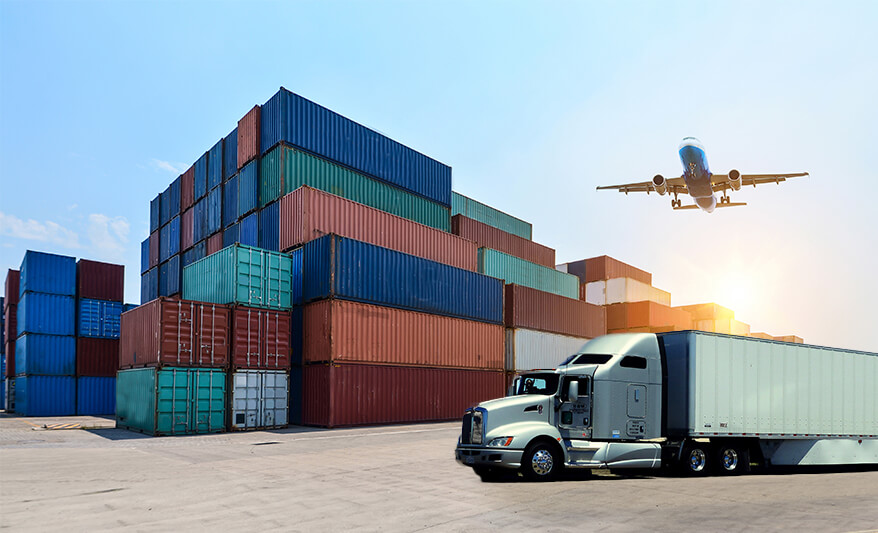When transporting goods, choosing the most efficient method of transportation is important. The fastest way may not be the right option. Here’s more.
When shipping goods, the mode of transportation is an important consideration to make. Depending on various factors such as weight, urgency, and several other factors, the mode of shipping will change and this is an important call to take. Let’s take a look at various shipping methods and their advantages over the others.
Primary shipping methods
Whatever the mode of shipping is, it falls in one of these categories.
1. Air
2. Land
3. Sea
Let’s take a detailed look at the three primary types of shipping.
Air
Shipping by air is the fastest means of transporting goods from one place to another. Airfreight is mostly used by food companies and pharmaceuticals to transport perishable items as they don’t last long. Apart from transporting food and medicines, automotive manufacturers also opt for air freight to utilize ‘just-in-time’ (JIT) inventory replenishment.
JIT allows various businesses to keep their shelves ready for customers, no matter what product it is. Air travel also reduces cost as they do not require big warehouses to store goods and businesses can reduce inventory costs.
Advantages:
– Fastest way to move goods
– Reduces damage and theft as the overall handling of the cargo is low
– Great to transport goods with low shelf-life
– Good for businesses with JIT management methods
Disadvantages:
– Expensive
– Has weight and size limitations
Land
Moving goods via land is the most common method and usually suits domestic shipping. Again, perishable goods can be transported by land, given that the destination is not too far away. Transport by land is done by two modes – trucks and train. Let’s take a detailed look.
1. Trucking
Transporting goods on trucks has been the preferred choice for many years. Roadways connect every place on earth and when we look at North America and Europe, minimal documentation allows trucks to pass to different states and countries. Smaller carriers can offer last-mile services, however, road transport is affected by weather and road conditions.
2. Railways
Using the railways is also a common method and dates back long enough. The railway network is also well-connected in North America and Europe and is an affordable option. Also, trains run cleaner compared to tucks as they consume less fuel. Trains are a better choice for long journeys, however, they can incur additional costs as they do not offer last-mile connectivity.
Advantages:
– Well-connected
– Last-mile connectivity (trucking)
– Cost-effective
Disadvantages:
– Slow
– Weather affects service (especially by road)
– Last-mile connectivity (train)
– Size and weight restriction (road)
Sea
Transporting goods by sea is the most cost-effective way, and many businesses with overseas clients choose this method. Turnaround time is slow, but there are no weight restrictions, unlike other methods. Companies from across sectors use this, and one of the biggest drawbacks is damage to goods. However, when compared to the costs involved in shipping to other methods, damage losses are negligible.
Advantages:
– Cost-effective
– No size or weight limit
– Most environmental friendly
– Extensive coverage around the world
Disadvantages:
– Slow
– Additional costs involved as goods need to be transported from the harbor
